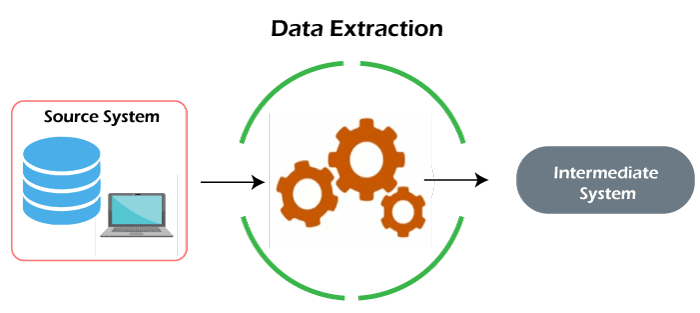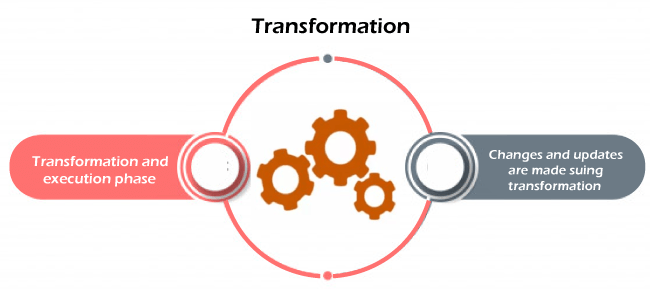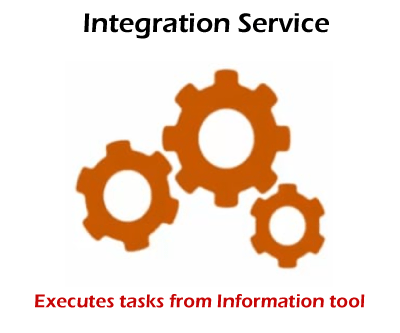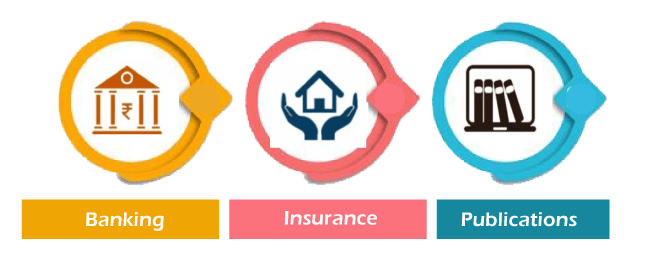Informatica Tutorial
Informatica is a data processing tool developed by a software development company named Informatica. It is a popular tool that is used across the world. Informatica includes several products that mainly work for data integration.
For example, Informatica Power center is a portfolio. In general, we can say that Informatica is a synonym for Informatica power center. Informatica is an integration tool based on ETL architecture. Information about Informatica:
| Company type | It’s a private sector company |
| Year | Founded in 1993 |
| Founder | Gaurav Dhillon and Diaz Nesamoney |
| Headquarter | Redwood City, California, United States |
| CEO | Amit Walia |
| Core Products | Data integration, Enterprise Cloud Data Management, Data Quality, Master Data Management, Information Lifecycle Management |
| Website | www.informatica.com |
Informatica is a software development company also referred to as Informatica Power Center, an ETL/ data integration tool widely used by companies for most data management functions. The primary function of Informatica Power Center is to collect/fetch data from different heterogeneous sources and process data according to the requirements.
Nowadays, Informatica is a leading software in data extraction, transforming and loading (data processing), and data governance. It is mainly used in data integration (between different business application domains), data warehouse, and business intelligence.
Various in-built functionalities of the Informatica tool connect with various data sources (file system, database, adapters, and inbuilt connectors). Once the source system is connected, Informatica extracts, load and capture the source data. The steps of the process of Informatica tool are as follows:
a) Data Extraction – During data extraction, the desired data is extracted from many different sources, and these can be either database systems or applications. It is difficult to find a specific subset, and it is carried in the latest status process only. After that, the extracted data is transported to an intermediate system for further processing.

b) Transformation - Some transformation/changes occur during the transformation and execution phase (based on requirements). Through Informatica mapping, the necessary changes and updation of data are made using these transformations.

c) Load– The transformed data is loaded in the targetdatabase. All the transformed and accurate information/ data is loaded in the target space (centralized data).
Why only the Informatica tool?
Instead, various top graded data extraction tools are available in the market by various leading software companies like IBM, Microsoft, Amazon Web Services (AWS), Oracle, SAP, Ab Initio, etc.
After evaluating these data integration tools over various aspects, Informatica would be recommended as the best software and service for an organization after an 80% rating by its vendors.
Why an ETL tool required?
In a traditional programming language, the major is the connection of multiple sources that raise many errors. To handle these errors, you have to write complex code, and hand-coding causes numerous errors. ETL tool provides a ready-made solution for this where the developer can concentrate only on coding the required part.
Real-world application/ Projects where Informatica is used:-
1) Informatica can be used for a wide variety of projects as it is one of the most diverse and flexible tools of our age. Some of these projects can be creating data marts or data warehouses for business-oriented people where transactional data is gathered up for their use.
For example, A big data management firm needs its data to be organized and stored in a centralized warehouse where everyone can access it.
The data sources can be diverse such as flat files containing old client data, relational data containing the recent data. All these sources need to be integrated and brought into the data warehouse for further reporting and processing. Now, this data needs to be accessed by all the departments such as the HR department, payroll department, the higher management, etc. So, we need to create data marts and data warehouses accessible to different departments and how relevant data to them. For these purposes, we can use Informatica and create jobs and processes to extract data from the initial diverse resources, transforms and clean them, load them into warehouses and further filter them out, and then load the data into data warehouses.

2) The second type of project may be migrating data from the old system to the new one. For example, The legacy system needs to be migrated to a new system. Data needs to be exhausted from the old system, cleans, and transformed, following the new system and loaded into it. The compatibility needs to be exhausted.
Hence, we need an ETL tool such as Informatica to do the job; the otherwise hand-coding process would be tedious and prone to errors.

3) Another example of projects in which Informatica can be used is integrated data from interrelated companies.
For example, A construction company requires a smaller construction company. All the employees now have to work as a single entity under a single name. This merger en-details the merger of data from both companies. To extract data from the two different resources and bring them into a centralized data warehouse. We also have to place data and bring uniformity in it to be loaded in a commonplace. This challenge can only be met efficiently using Informatica.

4) Another example of a project where Informatica can be used is integrating data from third-party supplies. Let's take an example of a construction company that has hired a third-party supplier for the woodwork.
The construction company needs to know "how much wood it need to supply?" to make things simpler, we can create a centralized data warehouse that both companies can access. As a result, they can have clear visibility of the inventory. Again, this can be done efficiently using Informatica.

Features of Informatica
- Informatica tool provides the safe exchange of data.
- It provides complete end to end visibility of data
- It has the feature of parallel processing
- Reusability of data
- Recovery of data
- Give accurate deliveries as per customer requirement
- Provide automation of deployments
- Extract data from structured, unstructured, and semi-structured data.
- Transform and load data into target database for customer requirements.
- Provide high security to stored data with a centralized cloud server.
- Cloud servers provide easy accessibility and tracking data facility.
- Provide data recovery in case of data disaster moments.
Components and services provided by Informatica ETL tool.
1) Repository service – This is to maintain a connection between the client system and the power repository. These are responsible for handling metadata and allowing other services to access the same. So, its basically a multithreaded process that fetch, search and update the metadata.

2) Informatica Domain – It is an administrative unit consisting of loads and services. There are two types of services in the Informatica domain.
a) Service manager – The service manager is used or responsible for authentication and authorizing the login.

b) Application service – It is responsible for receiving application services.
3) Integration service – This is responsible for executing the task pre-determined for the Informatica tool. So, as soon as the workflow is executed, the integration services get the details and execute it.

Informatica is used in various domains:
- Banking – In banking, Informatica generates a large amount of data and then verifies inconsistency in the data.
- Insurance sector- Informatica is used to validate the information of claims and customers, and again, it is also used to migrate the data from one branch to another.
- Publications and many more – Informatica is used to map the data from various publications and centralized all the data in one place. It also updates the information regarding books and publication houses from time to time.

Informatica Tutorial Index
- Introduction
- Informatica Architecture
- Data Warehouse Architecture
- Data Integration
- Data Transformation
- Dimensional Modeling
- ETL vs ELT
- Informatica ETL
- Introduction to OLAP and OLTP
- Operational Data Store ODS
- Responsibilities and Roles of Informatica developer
- Slowly Changing Dimensions
- Types of dimension
- Types of Node
- Types of Schema
- What is an Index
- What is Informatica Power center